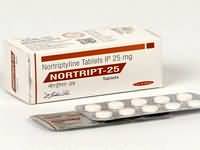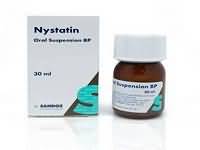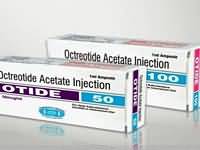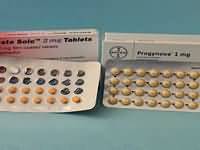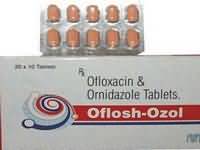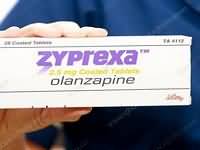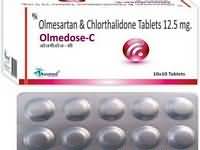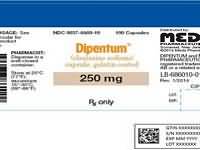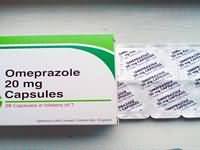potassium chloride
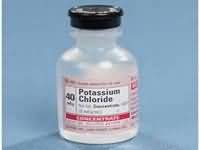
CLINICAL USE
HypokalaemiaDOSE IN NORMAL RENAL FUNCTION
2–4 g (25–50 mmol) dailyPHARMACOKINETICS
DOSE IN RENAL IMPAIRMENT
GFR (mL/MIN)
DOSE IN PATIENTS UNDERGOING RENAL REPLACEMENT THERAPIES
IMPORTANT DRUG INTERACTIONS
Potentially hazardous interactions with other drugsACE inhibitors and angiotensin- II antagonists: increased risk of hyperkalaemiaADMINISTRATION
Reconstition
–Route
Oral, IVRate of Administration
Infusion up to 20 mmol potassium per hour except in extreme hypokalaemic emergency where some units give up to 40 mmol/hour with cardiac monitoringComments
Give IV solution well diluted (not exceeding 40 mmol/500 mL) for peripheral administrationMix IV solutions thoroughly to avoid layering effectSome units give more concentrated solution centrally: 100–200 mmol/100 mL sodium chloride 0.9% or glucose 5%, but at a rate not more than 20 mmol/hourCardiac monitoring mandatoryOTHER INFORMATION
Potassium chloride injection MUST NOT be injected undilutedMonitor serum potassium levels Sando K: 12 mmol potassium per tablet Slow K: 8 mmol potassium per tablet Kay-Cee-L Syrup: 1 mmol potassium per mLPotassium chloride strong 15% injection: 20 mmol potassium /10 mL
See how to identify renal failure stages according to GFR calculation
See how to diagnose irreversible renal disease
Home
